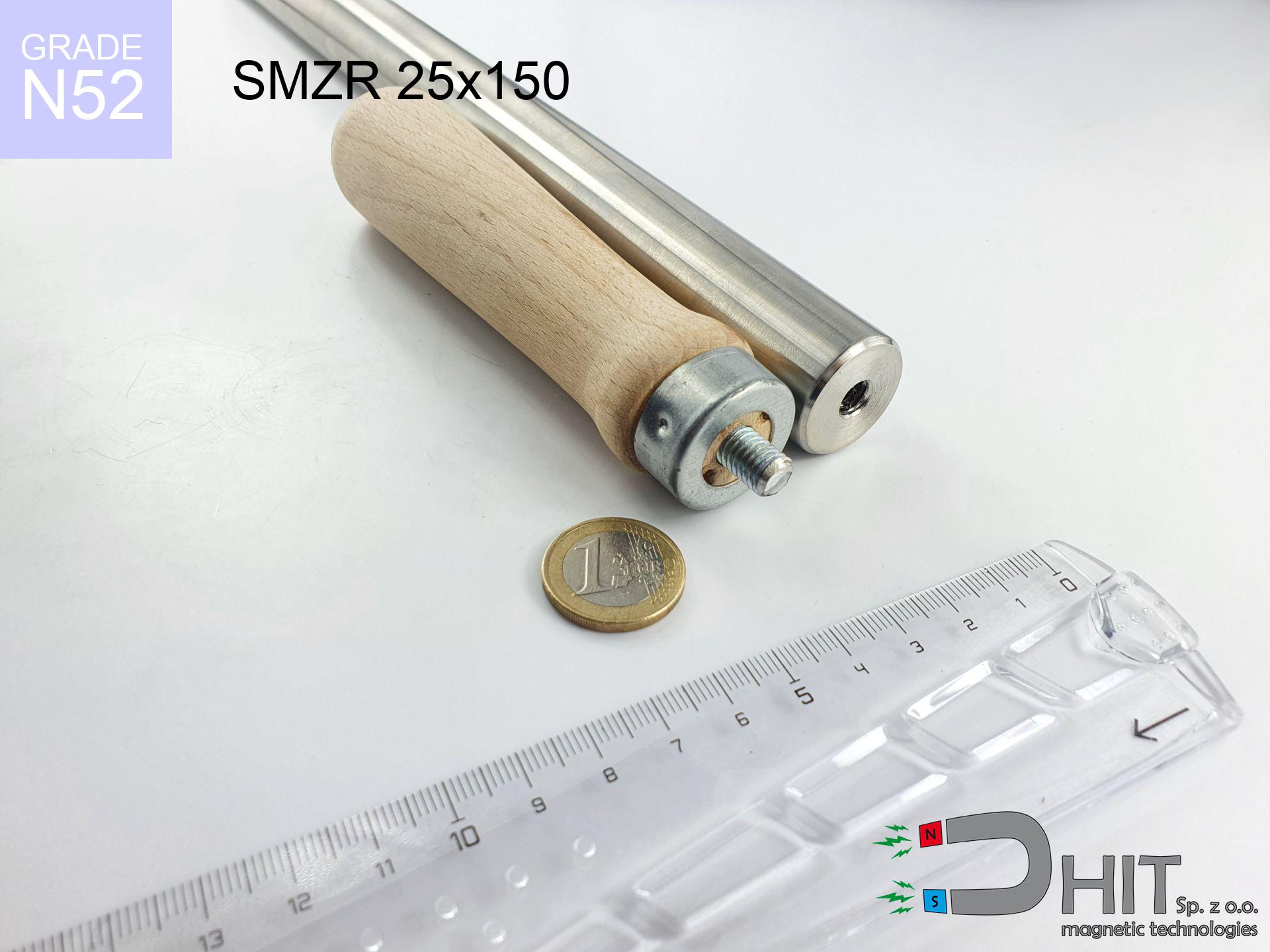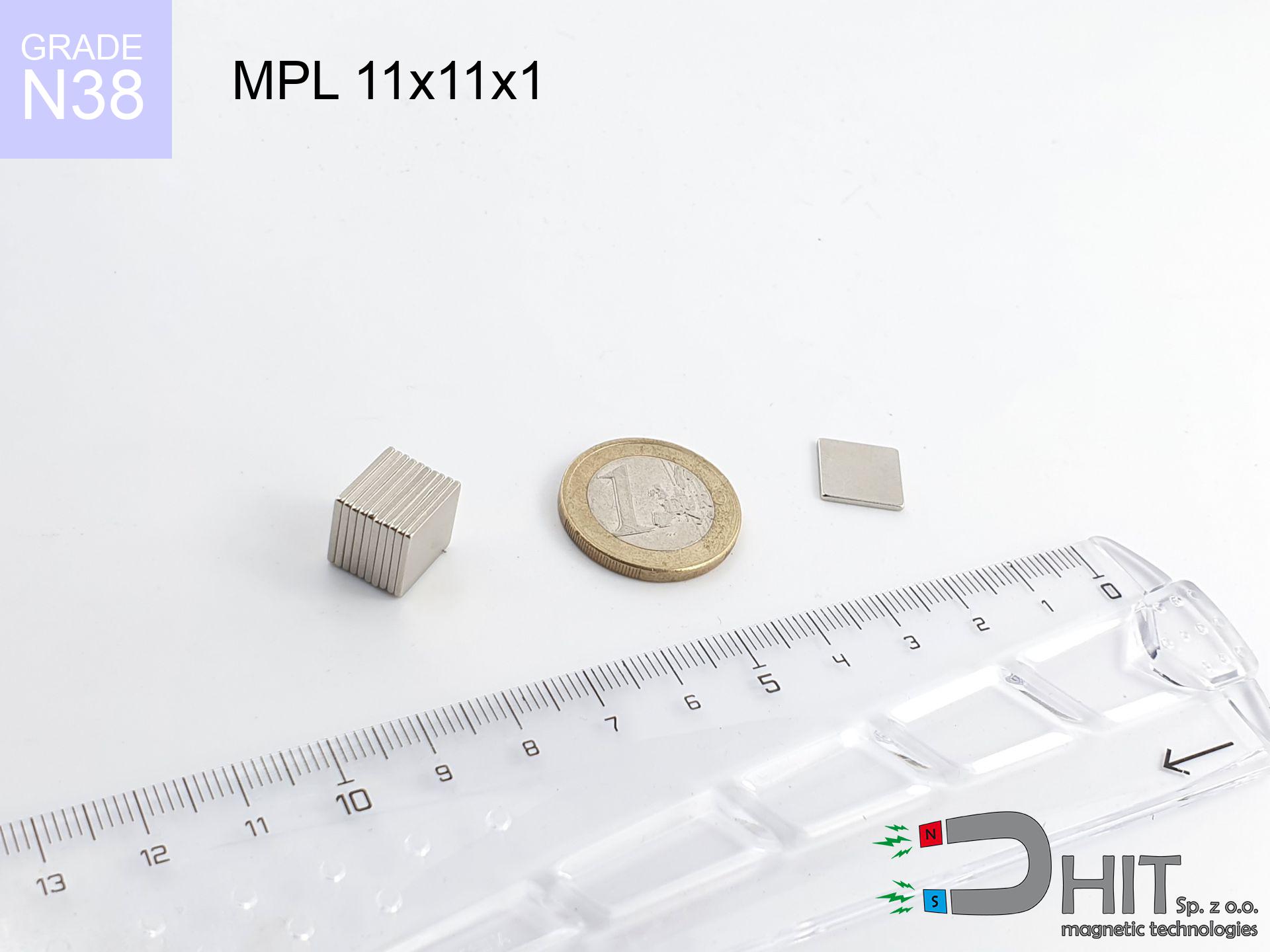UI 39x9x7 [BA] - badge holder
badge holder
catalog number 150340
GTIN: 5906301813606
length
39
mm [±0,1 mm]
width
9
mm [±0,1 mm]
height
7
mm [±0,1 mm]
catalog number 150340
GTIN: 5906301813606
length
39 mm [±0,1 mm]
width
9 mm [±0,1 mm]
height
7 mm [±0,1 mm]
0.92 ZŁ gross price (including VAT) / pcs +
0.75 ZŁ net price + 23% VAT / pcs
bulk discounts:
need more quantity?Want to bargain?
Give us a call tel: +48 22 499 98 98 or write via form on the contact page. You can check the power and the shape of neodymium magnets in our magnetic calculator magnetic calculator
Orders placed by 2:00 PM will be shipped on the same business day.
Specification: badge holder 39x9x7 [BA]
Compilation of suggested goods
Advantages and disadvantages of neodymium magnets NdFeB.
In addition to immense power, neodymium magnets have the following advantages:
- They do not lose their power (of the magnet). After about 10 years, their strength decreases by only ~1% (theoretically),
- They protect against demagnetization caused by external magnetic sources very well,
- By applying a shiny coating of nickel, gold, or silver, the element gains an aesthetic appearance,
- They exhibit very high magnetic induction on the surface of the magnet,
- By using an appropriate combination of materials, they can achieve significant thermal resistance, allowing them to operate at temperatures up to 230°C and above...
- Thanks to the flexibility in shaping and the ability to adapt to specific requirements – neodymium magnets can be produced in many variants of shapes or sizes, which expands the range of their possible uses.
- Significant importance in advanced technologically fields – are utilized in hard drives, electric drive mechanisms, medical equipment and other highly developed apparatuses.
Disadvantages of neodymium magnets:
- They can break when subjected to a strong impact. If the magnets are exposed to impacts, we recommend using magnets in a steel housing. The steel housing in the form of a holder protects the magnet from impacts and at the same time increases its overall strength,
- They lose power at high temperatures. Most neodymium magnets experience permanent loss of strength when heated above 80°C (depending on the form and height). However, we also offer special magnets with high temperature resistance, up to 230°C,
- Magnets exposed to a humid environment can corrode. Therefore, when using them outdoors, we recommend using waterproof magnets made of rubber, plastic, or other moisture-resistant materials,
- Limited ability to create threads or complex shapes in the magnet - the use of a housing is recommended - magnetic holder
- Potential hazard associated with microscopic parts of magnets are risky, if swallowed, which becomes significant in the context of children's health. It's also worth noting that small elements of these magnets are able to hinder the diagnostic process when they are in the body.
Exercise Caution with Neodymium Magnets
The magnet is coated with nickel. Therefore, exercise caution if you have an allergy.
Studies show a small percentage of people have allergies to certain metals, including nickel. An allergic reaction often manifests as skin redness and rash. If you have a nickel allergy, you can try wearing gloves or simply avoid direct contact with nickel-plated neodymium magnets.
Keep neodymium magnets away from GPS and smartphones.
Neodymium magnets produce intense magnetic fields that interfere with magnetometers and compasses used in navigation, as well as internal compasses of smartphones and GPS devices.
Neodymium magnets are the strongest, most remarkable magnets on earth, and the surprising force between them can surprise you at first.
Make sure to review all the information we have provided. This will help you avoid harm to your body and damage to the magnets.
Make sure not to bring neodymium magnets close to the TV, wallet, and computer HDD.
The strong magnetic field generated by neodymium magnets can damage magnetic media such as floppy disks, video tapes, HDDs, credit cards, magnetic ID cards, cassette tapes, or other devices. They can also destroy devices like video players, televisions, CRT computer monitors. Do not forget to keep neodymium magnets at a safe distance from these electronic devices.
Neodymium magnets are highly delicate, they easily break as well as can become damaged.
Neodymium magnets are characterized by significant fragility. Neodymium magnetic are made of metal and coated with a shiny nickel, but they are not as durable as steel. At the moment of collision between the magnets, sharp metal fragments can be dispersed in different directions.
Dust and powder from neodymium magnets are flammable.
Avoid drilling or mechanical processing of neodymium magnets. If the magnet is crushed into fine powder or dust, it becomes highly flammable.
Magnets should not be treated as toys. Therefore, it is not recommended for youngest children to have access to them.
Remember that neodymium magnets are not toys. Do not allow children to play with them. Small magnets can pose a serious choking hazard. If multiple magnets are swallowed, they can attract to each other through the intestinal walls, causing significant injuries, and even death.
It is crucial not to allow the magnets to pinch together uncontrollably or place your fingers in their path as they attract to each other.
Neodymium magnets will jump and clash together within a radius of several to almost 10 cm from each other.
Neodymium magnets can become demagnetized at high temperatures.
Although magnets have demonstrated their effectiveness up to 80°C or 175°F, the temperature can vary depending on the type, shape, and intended use of the specific magnet.
Keep neodymium magnets away from people with pacemakers.
In the case of neodymium magnets, there is a strong magnetic field. As a result, it interferes with the operation of a heart pacemaker. However, if the magnetic field does not affect the device, it can damage its components or deactivate the device when it is in a magnetic field.
In order for you to know how powerful neodymium magnets are and why they are so dangerous, read the article - Dangerous very strong neodymium magnets.

![UI 39x9x7 [BA] - badge holder UI 39x9x7 [BA] - badge holder](https://cdn3.dhit.pl/graphics/products/ui39x9x7-dav.jpg)
![through hole magnetic holder 42x8.8 [M6] / N38 ↑ axial through hole magnetic holder 42x8.8 [M6] / N38 ↑ axial](https://cdn3.dhit.pl/graphics/products/hh-42x8.8-m6-hin.jpg)
![magnetic separator 25x200 [2xM8] / N52 magnetic separator 25x200 [2xM8] / N52](https://cdn3.dhit.pl/graphics/products/sm-25x200-2xm8-jas.jpg)



